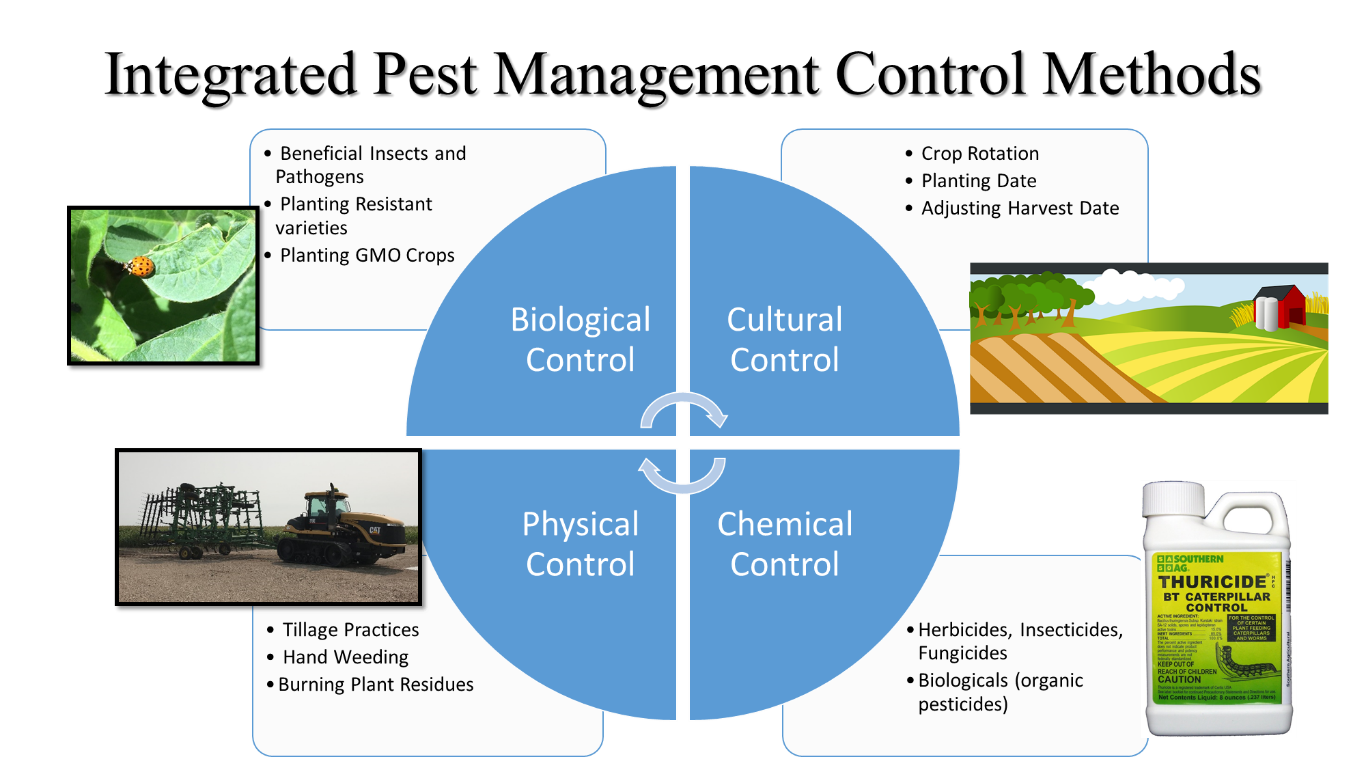Not too long ago, NDFB received a letter from three seventh-grade North Dakota students asking the organization to ban insecticides on outdoor crops. They deserved a thoughtful, well-researched response. Sarah Lovas, who is an agronomist, farmer and mother, wrote this response to the students. We're sharing it here because we believe it is important information everyone should know.
By Sarah Lovas
Thank you so much for your letter concerning bees and insecticides. Thank you for your interest in our agricultural systems in North Dakota! Bees are certainly an important part of that system. North Dakota is number one in the nation for honey production and bees are critically important for pollination of many of our important crops in North Dakota.
It is true that insecticides can have negative impacts on bees. However, this is usually only the case if the insecticide is not used according to the label and/or if there is poor communication between beekeepers and farmers.
Insecticides are rarely used in off-label applications. The label is the law and to use a pesticide in an off-label application can results in severe legal consequences for the applicator. Farmers live near every pesticide application, and they do not want their land, water, and natural resources destroyed by unsafe pesticide applications.
Sometimes hives are placed in a location without good communication to the surrounding farmers. When this happens, it is possible for applicators to apply pesticides without knowing that a hive is located near the point of application. This is why communication between beekeepers and farmers is a vital part of keeping the environment safe for bees.
Insecticides are an important way to control insects which damage crops in North Dakota. Studies have shown that if we didn’t use pesticides, we would lose 40% of the crops, annually. With the use of pesticides, we will only lose about 10% of the crop to pests. For society, if pesticides aren’t used, it means more expensive food at the grocery store.
While insecticides are an important part of pest control in agriculture, they are not the only control method we use. Integrated Pest Management is a system where biological, cultural, chemical, and physical pest control methods are used. So, yes, while pesticides are part of my pest control program, they are not the only method. I also use biological control methods, such as beneficial insects. An example would be counting lacewings and ladybugs when scouting for soybean aphids to determine if the aphid population can be held in check by those beneficial insects. I also use crop rotation. Certain insects, like corn rootworm can have their lifecycle disrupted with crop rotation. See the attached figure below for more information about Integrated Pest Management control methods.
While all insecticides and pesticides must to be handled with respect, it is important to know that pesticide technology is getting better and we are starting to have insecticides available which are less hazardous to pollinators. Insecticides such as sulfoxaflor, Afidopyropen, and flupyradifurone are more specific to controlling sap-feeing insects such as aphids and are less harmful to pollinators. At the same time, some of the most toxic insecticides, such as carbofuran, have been removed from the market.
In closing, please know that we take every pesticide application very seriously. We want the land and water and their ecological systems, bees being an important part of those systems, to be viable into future. Thank you again for your letter.
Sincerely,
Sarah Lovas
A mom, a farmer and a caretaker of the land

